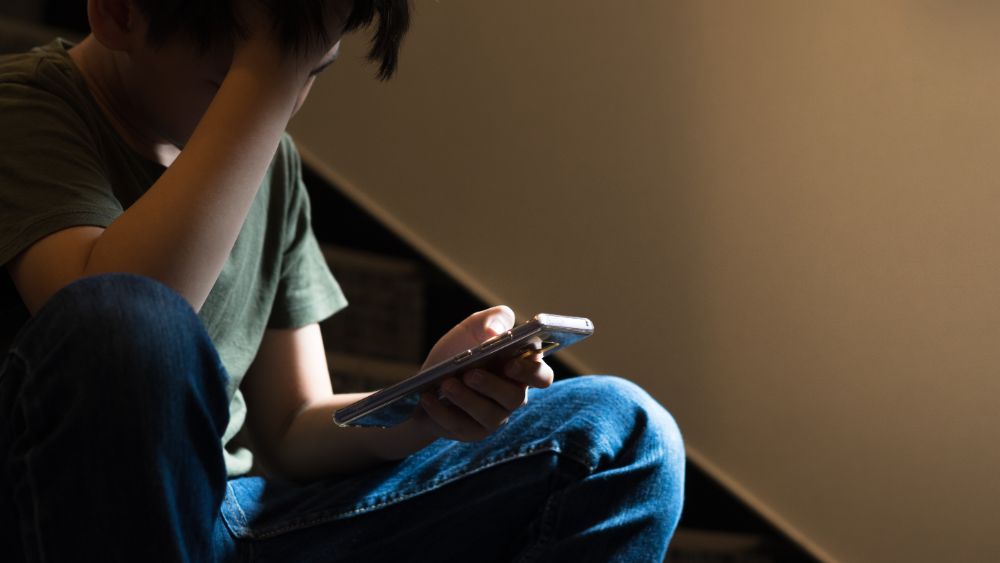The report examines three different roles, the victim, perpetrator and bystander roles, that children and young people can experience in these contexts.
25% of Norwegian children aged 9 to 17 reported that they were treated in a mean or hurtful way online or offline in 2018, while 12% said they did this to other children (Staksrud & Ólafsson, 2019).
Victim and perpetrator
“The most important thing we have found is that aggression is pervasive and that it affects everyone involved. Children who experience online aggression and bullying as a victim, perpetrator, and/or bystander, report lower levels individual, social and interpersonal well-being compared to those who do not experience such aggression.” says Dr. Barbovschi.
Building on previous research, the report also points to an overlap between the various roles that children can experience in online aggression. Almost half of the girls and 67% of the boys report being both a victim and a perpetrator.
Systemic solutions necessary
Perhaps the most surprising finding, according to Dr. Barbovschi, relates to young people’s propensity to intervene and help when they see someone being mistreated online:
“As expected, those who reported higher prosocial behaviour (e.g. a tendency to help or behave altruistically) were more likely to intervene to help a victim of aggressive peer behaviour. However, when the number of witnesses to these incidents were higher, this tendency disappeared. This shows that relying solely on solutions which place the responsibility on the individual (e.g. “you should tell a teacher or a parent”) is not effective.”
Barbovschi and Staksrud recommend that policy makers working to address online aggression focus on systemic and socially oriented, rather than individual solutions.
Related content
Dr. Barbovschi's presented the report at the Safer Internet Day conference, 9 February 2021.
Contact
- Dr. Monica Barbovschi
- Professor Elisabeth Staksrud
